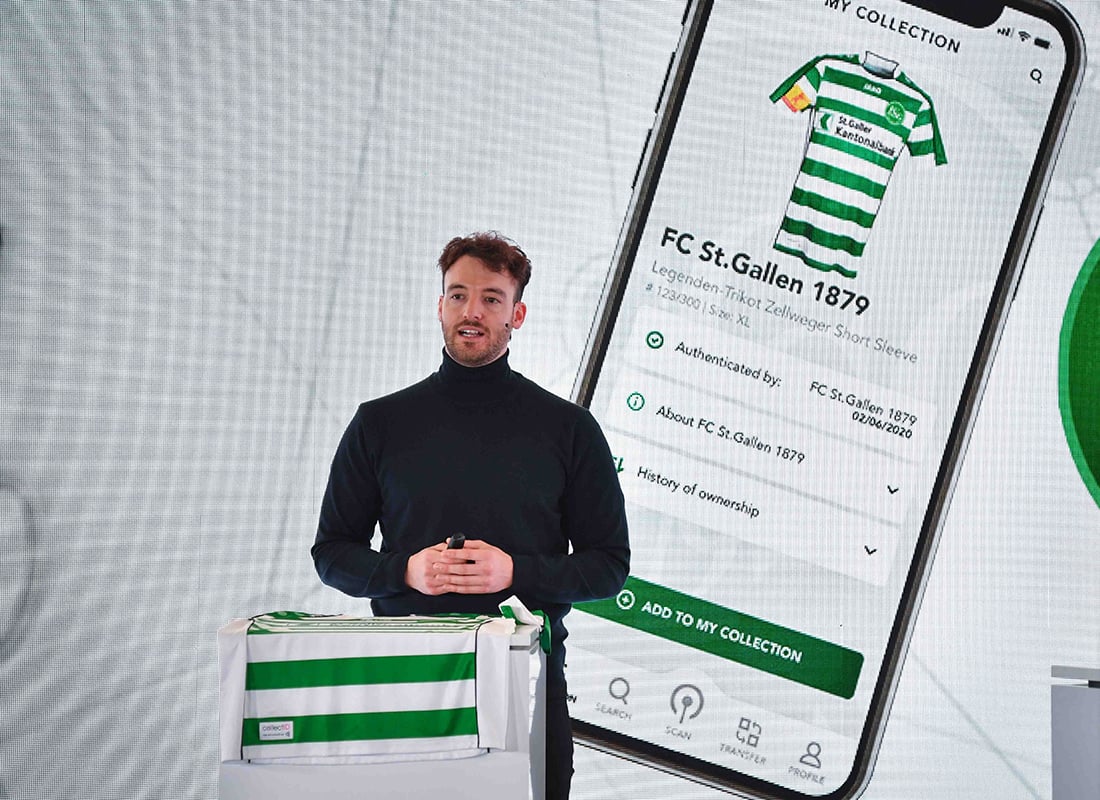Over the last year, NFT hype has really snowballed due to the buzz around the rapidly inflating prices of digital artworks backed by NFTs, writes David Geisser, co-founder of collectID.
Yet this technology goes way beyond the Bored Yacht Ape Club or Beeple frenzies that led to millions of dollars being exchanged for a piece of the NFT pie. NFTs have real industry potential and not just in the digital world. They hold the key to bridging the gap between virtual and physical presence that can be applied to so many industries.
The starting point is to connect the NFT with a physical product. This connection needs to be secure because otherwise the NFT technology can be accessed by anyone. One way to do this is securely encrypted NFC tags, also the blockchain is essential for the incorruptible protection of data. Available as small as a few millimeters, they can be integrated into a huge range of materials and objects without changing their aesthetic value.
A new type of brand ownership
The information an NFT can hold can range from anything from the product’s history, who owns it, the materials it is made of or a way of the brand to communicate with the consumer. The owner of the product can receive updates about the brand, connect with a community of like-minded fans, learn about events, new products or ambassadors. They can receive exclusive and tailored content and promotions.
For you
Be part of something bigger, join BCS, The Chartered Institute for IT.
A new frontier for brand engagement, this approach is already being embraced by the sports, luxury and wine industries as a way of sharing news, promotions and exclusive content with someone who has bought one of their products.
Also, if the owner then wants to sell this product in the second market, a market which according to Bain & Co Analysts topped $37 billion in 2021, they have proof of ownership. This can also be useful for warranties and the insurance industry.
Trading in the new world
Connecting a physical object to an NFT also provides a gateway to the metaverse, meaning that a bag, a watch, or a pair of trainers can move directly from the physical world to the metaverse. Wearables for the metaverse is a burgeoning market, but the next step is the ‘come as you are’ approach of simply stepping into the virtual world wearing your actual clothes.
NFT authentication of luxury goods has the potential to be revolutionary. In 2020 in the US alone, $1.3 billion of counterfeited goods were seized by authorities costing jobs and reputations. This is just the tip of the iceberg.
Consumers are increasingly facing the risk of buying fake products causing them to lose confidence in brands, making it nearly impossible for them to sell their items on secondary markets. There is no way to fake an NFC to NFT authentication and many luxury goods brands are already trialling this technology.
The NFT hype that we’re reading about at the moment may seem like a fad but it is in fact important to opening up a change in perceptions from the wider public and technology innovators about the potential of this technology and the doors it can open up.
David Geisser, co-founder of collectID
collectID, headquartered in Switzerland, solves the problem of counterfeited products and creates a gateway for physical products to the Metaverse/Web3.0 by combining encrypted, smartphone-ready NFC tags with secure NFTs on blockchain.
Image: David Geisser, co-founder of collectID based in Switzerland.

















